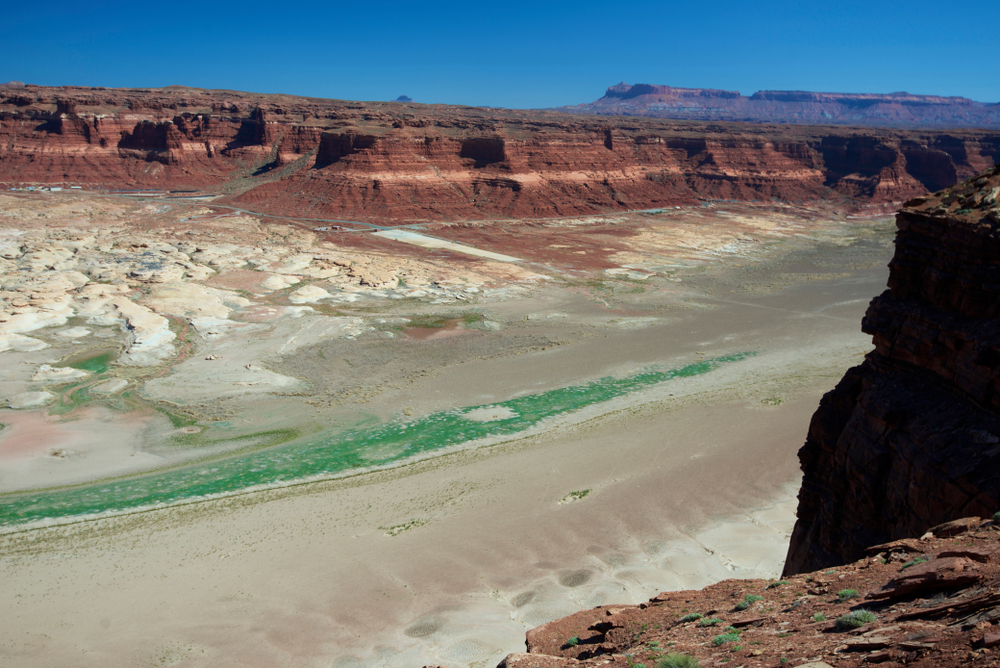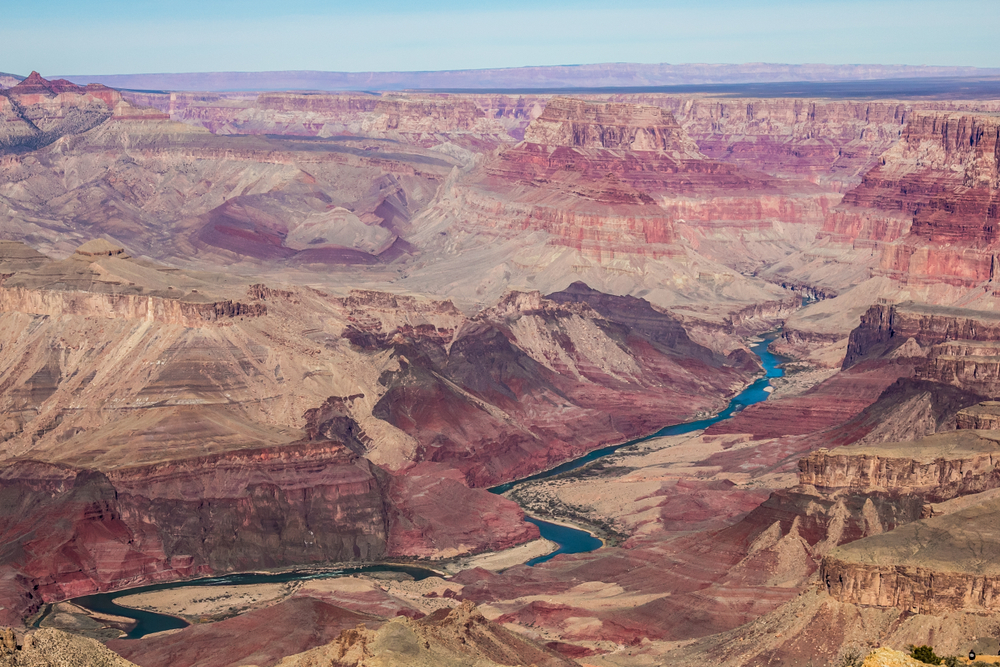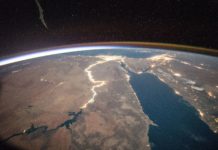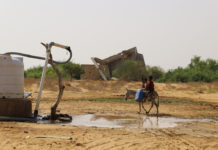Increasingly the world is waking up to the global water crisis. That US has not escaped that wake-up call. A growing American water crisis is pounding the western US and parts of Hawaii.
This year has witnessed a continued string of unprecedented acts of nature, from wildfires to hurricanes attributed to climate change. But climate change only partially explains the growing water crisis in the US. In many instances, the American water crisis is the result of a convergence of climate change along with systemic mismanagement.
In response to widespread drought conditions, Maui has imposed water rationing. Residents face a $500 fine if found using water for non-essential activities such as washing their cars or watering lawns. These restrictions face growing frustrations among locals who watch as hotels provide a different standard for tourists in Hawaii. Tourism is not the only force driving the American water crisis Maui, but it is playing a larger than recognized role.
In Mendocino, California, a bed and breakfast owner pays $5 every time a tourist uses a shower for five minutes. Restaurants have closed their restrooms to the public. The fire department is monitoring fire hydrants for water theft. Across northern California, reservoirs are running dry or at critical low capacity levels. The power generating station at Oroville Dam stopped producing power in the first week of August for the first time in fifty years due to low water levels. The Shasta Lake Reservoir that services the agricultural industry of the Sacramento Valley is at 30% capacity.
Hours away from Mendocino, in southern parts of California, a much more arid region, municipalities are experiencing water surpluses thanks to years of planning and conservation.
Also, in August, the low water in the Colorado River’s reservoir triggered the first-ever federal declaration of water shortage. Water in Lake Mead, the reservoir that provides water to Arizona, Nevada, and Mexico, was only 35% full. Nearly all the states who rely on this water source must drastically reduce their water consumption for both residents and the agriculture industry. One month earlier, Lakes Powell and Mead reached record lows. At least 95% of the American West is experiencing droughts. In Utah, 99% of the state is in the most severe stage of drought.
From Phoenix to Las Vegas, the US has established thriving and largely populated cities that depend upon these fading water sources to survive in the desert. The water crisis in the US is not a surprise. It is an inevitability that will only grow worse in the coming months and years.




